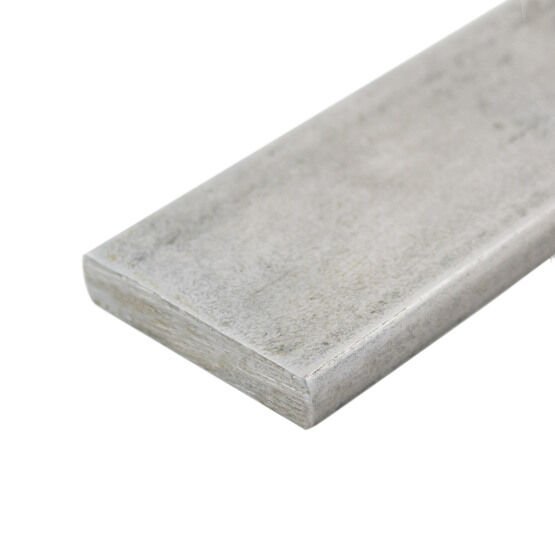Different types of Mild Steel
Different types of Mild Steel and what are they used for?
When learning about welding and fabrication you will come across a vast array of different types of mild steel. Each has there purpose and use and there are benefits and disadvantages of using each material. Through this blog I aim to provide you with information about the different types of mild steel available. What they might be used for and the different types. This blog post can hopefully act as a material library for your DIY Self projects you can complete via our Book a Bench Scheme or just save you a bit of time by making sure you use the best material for the job.
If you have no experience welding and want to learn browse our short course programme. We will be able to introduce you to the main welding processes for welding mild steel together.
What is Mild Steel?
Mild steel, also known as low carbon steel, is one of the most common and widely used types of steel. It is characterised by its relatively low carbon content. The low carbon content makes mild steel more ductile and malleable compared to higher carbon steels, which are typically harder but less workable.
Examples of Low Carbon Steel include:
Structural Steel sections: Universal I Beans, Angle Iron, Box Section are all Low carbon steel is widely used in the construction industry for structural components in buildings and infrastructure.
Sheet Metal: Mild steel sheets are another form of low carbon steel and used for a wide range of applications, including; cladding and car body pannels.
Pipe and Tubing: Generally used in furniture manufacturing, handrails, fit outs and decorative work.
For information purposes: High Carbon steel is a different type of steel but more specialist. High Carbon Steel is less common but used as a results of it’s improved hardness, strength, and wear resistance but reduced ductility and toughness.
Examples of High Carbon Steel:
Tool Steel: This is a category of high carbon steel designed for use in cutting, shaping, and forming materials. As it is known for its hardness, wear resistance, and ability to retain a sharp cutting edge.
Knife Steel: High carbon steel is favoured for knife blades due to its sharpness.
Hand Tools: High carbon steel is used in the production of hand tools like chisels, hammers, and screwdrivers due to its durability and ability to hold an edge.
It's important to note that while high carbon steel offers advantages in terms of hardness and wear resistance, it can be more brittle than lower carbon steels and may require careful heat treatment to achieve the desired balance of properties for specific applications.
What is the best type of mild steel to use?
There are three main types of mild steel available. Hot Rolled Mild Steel, Bright Steel and Electric Resistance Welded Steel. They are all made in slightly different ways giving them different properties. Some types lend themselves to different welding processes. Ultimately you can use any of these types of steel, it will largely go down what you need to make. Lets discuss the three main types below. Metal is generally priced per metre so when ordering your steel work out how many metres you require and add on a bit for waste!
Hot Rolled Mild Steel:
Is formed and shaped via a hot forming process. Large Steel slabs are heated to extremely high temperatures and passed it through a series of rollers to shape it into the desired steel section. This type of steel is distinctive as a by product of the process is the Mill scale or black skin that is left on the steels surface once it cools. This mill scale can be very hard to remove when preparing your steel for welding. Find out how to do remove mill scale from metal via our last blog post which explains the right angle grinding discs to use.
What are the benefits of using Hot Rolled Mild Steel:
Strength: Having greater wall thicknesses available and larger guage material results in the material being stronger overall. It is more resistant to bending and flexing.
Availability: This types and variety of Mild Steel is widely available from Steel Suppliers
Weldability: Due to the materials thickness generally greater than 3mm. It is one of the most weldable materials available. You can use MIG, TIG or MMA Welding processes to join this material.
What are the disadvantages of using Hot Roll Mild Steel:
Weight: Due to the wall thickness of the material it is generally a lot heavier than other forms of Mild Steel like ERW.
Cost: As it is generally heavier, thicker and longer than ERW Steel sections it is more expensive to buy.
Preparation: Additional angle grinding consumables need to be purchased to help prepared the material for welding.
Different Type of Hot Rolled Mild Steel:
Below are the most commonly available shapes of hot rolled mild steel. The design of your piece will dictate the material you need to order. Full lengths of steel ordered from local suppliers like Austen Knapman are 7.5metres long unless otherwise requested. The greater the wall thickness and larger the steel section the more expensive the material will be.
Angle Iron
Available Material Thicknesses: 3 to 12mm (Generally)
Available Widths: 16mm x 16mm through to 150mm x 150mm
Circular Hollow Section
Outside diameter: 21.3mm through to 153mm
Available Wall thickness: 2.5mm through to 6mm
TEE Bar
Widths available: 40 x 40 - 50 x 50 mm
Available thickness: 5-6mm
Square Box Section
Available Wall Thickness: 3, 5 and 6 mm
Available Widths: 25mm x 25mm through to 120 x120mm
Steel Plate
Sheets available: 500 x 500 - 2500mm x 1000mm
Material Thickness: 1mm - 10mm plus
Rectangular Box Section
Minimum Size: 20mm x 10mm
Maximum Size: 200mm x 100mm
Wall thickness: 3-6mm
What can I use Hot Rolled Mild Steel for?
Hot Rolled Mild Steel is perfect for almost all metal fabrication projects whether your creating a bespoke frame, coffee table, dinning table, sculpture or object. If you are looking to build something from metal Hot Rolled Mild Steel is for you. Your considerations are really to do with overall weight of your piece and cost of the material.
What is Bright Mild Steel?
Bright mild steel is a specific type of steel known for its smooth and shiny surface finish. The profile of the material is very straight and true. It is made by being processed through series of cold working operations such as cutting and grinding to achieve this polished appearance. It doesn’t come with any Mill Scale and requires less preparation it well-suited for applications where aesthetics and a clean surface finish are important. It is used in engineering due to the accuracy and precision the material is made with.
What are the benefits of Bright Steel:
Precision Tolerances: Bright mild steel is often manufactured to tight dimensional tolerances, making it suitable for applications where precise measurements are critical.
Weldability: Bright mild steel can be welded using various methods, including MIG and TIG welding, although the shiny surface may require additional surface preparation to maintain its appearance after welding. Very suitable for TIG Welding.
Decorative Metalwork: Due to its attractive surface finish, bright mild steel is often used in decorative metalwork, including railings, gates, and ornamental features. It would still need to be protect to avoid rusting.
What are the disadvantages of Bright Steel:
Cost: It is generally more expensive than Hot Rolled Mild Steel.
Variety: There is less variety of shape and form with Bright Mild Steel than Hot Rolled Mild Steel.
Different Types of Bright Steel available:
Flat Bar
Available widths: Minimum 10mm to 200mm
Available thicknesses: 3mm through to 25mm
Round Bar
Lengths: Maximum 6 metres
Diameters: 6mm through to 50mm
Square Bar
Minimum diameters: 10mm x 10mm
Maximum diameters: 50 x 50mm
What can I use Bright Steel for?
Bright steel is great for decorative work that might require steel with a very precise and clean edge. If you are trying to produce a architectural piece of furniture or a railing, gate or decorative object. Bright Steel is for you. It’s very weld able and lends itself to TIG Welding best. The considerations for it’s use would be to do with available material shapes and cost. It is more expensive than Hot Rolled Mild Steel but as a nicer appearance.
What is Electronic Resistance Welded Steel (ERW)
ERW stands for Electric Resistance Welding, and ERW steel is a type of steel that is manufactured using this welding process. ERW steel box section and tubes are commonly produced by using a thinner coil of steel that is fed through a series of rollers to form a tube shapes. The edges of the steel are then heated and fused together by applying electrical resistance to create a strong, continuous seam weld. You can identify ERW Steel as a weld seem is normally visible on the inside. It comes in lengths 6.00 metres long. The Wall Thickness of the sections is between 1.5mm and 2mm.
What are the Benefits of ERW Steel:
Cost Effective: Due to the thinner wall thickness of this material it tends to be a lot less expensive than Hot Rolled Mild Steel or Bright Steel.
Weldability: It’s very weldable and most suitable using MIG and TIG Welding process.
Precision: Due to the way it’s produced it is extremely accurate and precise material to use. It has nice sharp angled corners over a more curved radius shape found in Hot Rolled Mild Steel.
Formability: It can be easily formed into shapes with simple in expensive tools.
What are the disadvantages of ERW Steel?
Weldability: It is not really suitable for MMA (Arc) Welding Processes due to it’s thin wall thickness
Strength: Having a thin wall thickness means the material is not as strong as other types of steel and can flex and bend under force.
Corrosion resistance: ERW Steel can easily rust and oxidise if not properly protected inside and out. It’s thin wall thickness can mean rust forms faster and breaks through the metal quicker.
Different types of ERW Steel Sections
Rectangular Box Section
Available sizes: Minimum Size: 20mm x 10mm
Maximum Size: 200mm x 100mm
Wall Thickness 1.5mm - 2mm
Square Box Section
Available Widths: 16mm x 16mm through to 120 x120mm
Available Wall Thickness: 1.5mm - 2mm
ERW Tube
Available Diameters: 12.7mm through to 50mm
Wall thickness: 1.5mm - 2mm
As you can see there is a large selection of steel to choose from when designing your project. At The Weld Space we have all the main welding processes to allow you to weld any of the above sections. Our courses cover in detail material use and why? Our Fundamentals to Metalwork course is perfect for anyone looking to develop more fabrication experience and it looks at Welding with MMA (Arc) and MIG Welding so is perfect for most DIY metalwork enthusiast.
Always remember Mild Steel will rust so needs protecting from the elements. This can be by painting, powder coating, lacquering, or galvanisation.
















